The best way to encourage others to take action is to start by doing it yourself.
The next time you flush a toilet, consider this: 1 billion people defecate in the open. Another 4 billion use rudimentary toilets and their waste is never treated.
I have visited communities where this is a sobering fact of life. The smell can be overwhelming, but even worse, the sewage seeps into the water supply, spreading disease. Poor sanitation is linked to the deaths of some 700,000 children every year.
Our foundation is funding the Omni Processor, a machine that we hope will make sanitation affordable.

One version of the Omni Processor was developed by Janicki Bioenergy, a company in Washington state. This spring the Janicki OP was shipped to Dakar for a pilot project.
Dakar is a vibrant city of 3.4 million people. More than a million of them are not connected to a sewer line, so they use pit latrines, septic tanks, or other unsafe facilities in or around their homes.
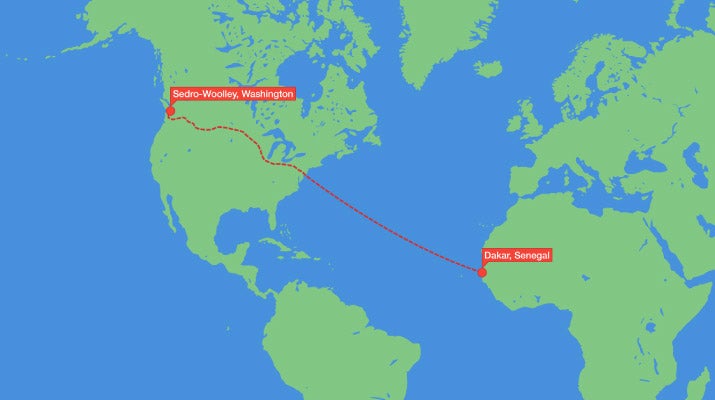
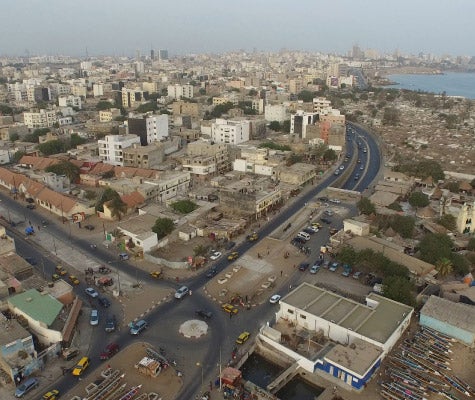
Most of these people can’t afford to pay a septic truck to come empty the latrines. Instead they do it by hand. This is very dangerous, because the process exposes them to the waste and often leaves the groundwater contaminated.

Our hope is that Omni Processors will make it much cheaper to hire trucks, reducing the need for people to handle the waste themselves.
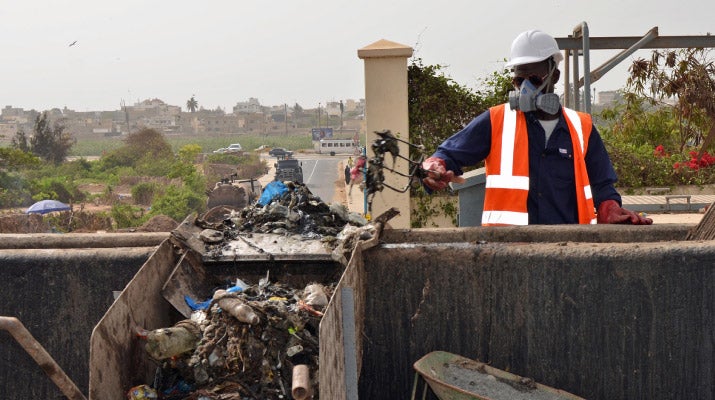

These trucks are emptying waste into one of the main processing facilities in Dakar. This site gets up to 10 times more waste than it was designed to handle (a common problem in the developing world). As you’ll see in the following images, the Janicki OP is designed to replace the cumbersome process used today and make most of the existing processing equipment obsolete.
Because the waste from the trucks contains a lot of moisture, it is piped to these beds to dry out. Any moisture that doesn’t evaporate will flow into tanks where it will be processed. The next version of the Janicki OP will be able to handle wet material, eventually making these beds unnecessary.

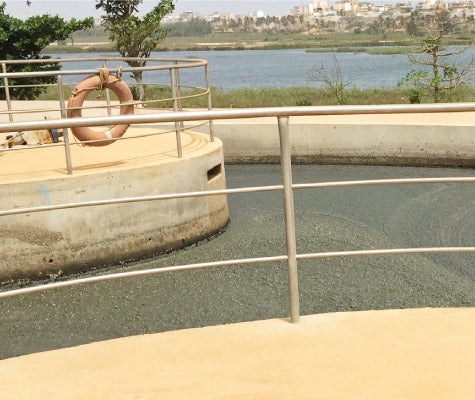
The liquid from the drying beds flows into this tank. Because this tank is overtaxed and can’t process all the waste, the water you see here is badly contaminated. It should be crystal-clear. Once the Janicki OP is handling wet material, these tanks will be unnecessary.
Much of the water you saw in the previous photo spews into an adjacent bay. Some is sent to nearby farms, where it is used for irrigation even though it still has a lot of pathogens in it.

The waste from the drying beds goes up a conveyer belt and into the Janicki OP, which will remove all the pathogens and make sure they don’t get back into the environment. The next version of the machine will handle wet waste as well.
Water from the Janicki OP can be drunk or used for irrigation. The machine also produces ash, which can be used to make bricks, and electricity, which will help power the rest of the treatment facility.

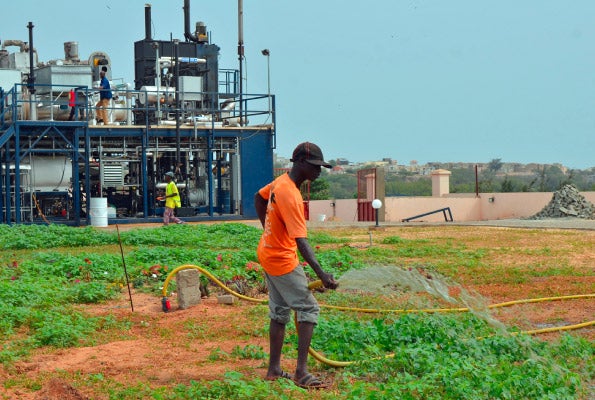

Dr. Mbaye Mbeguere is one of the Senegalese officials leading this pilot project. You can see the Janicki OP behind him. Dr. Mbeguere and his colleagues hope Omni Processors will change the face of sanitation in cities around the world. I am optimistic that they are right.




